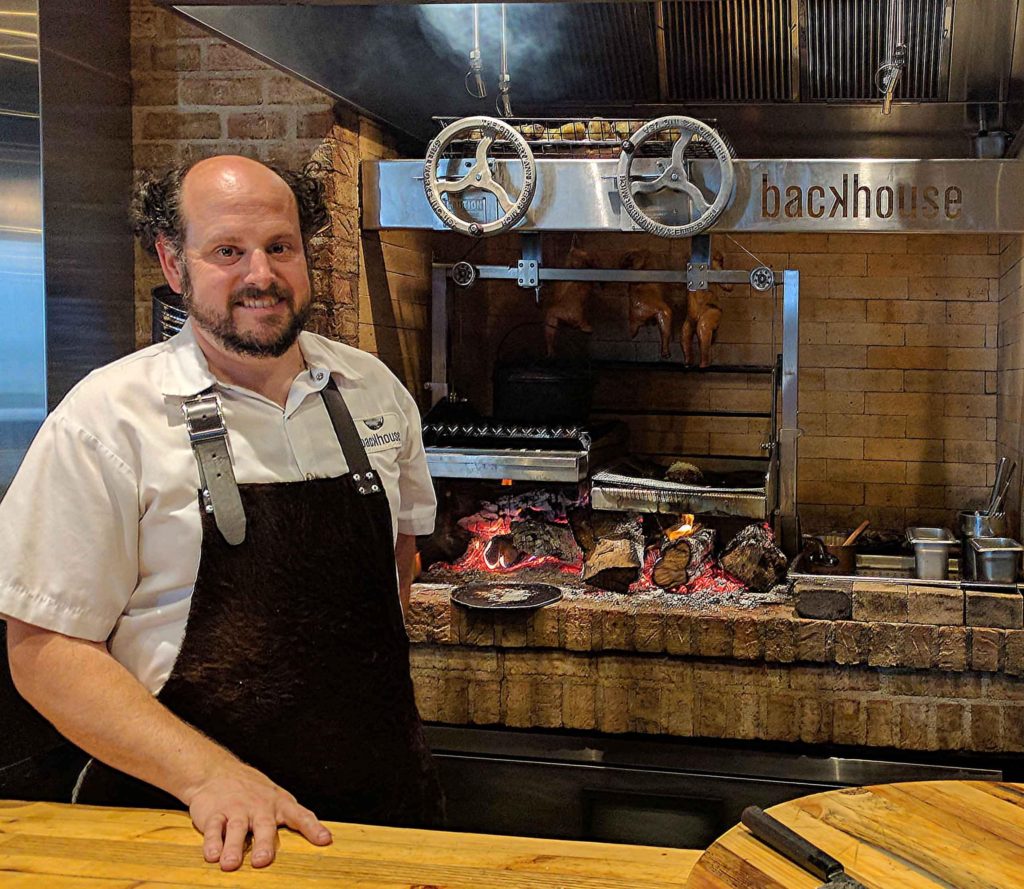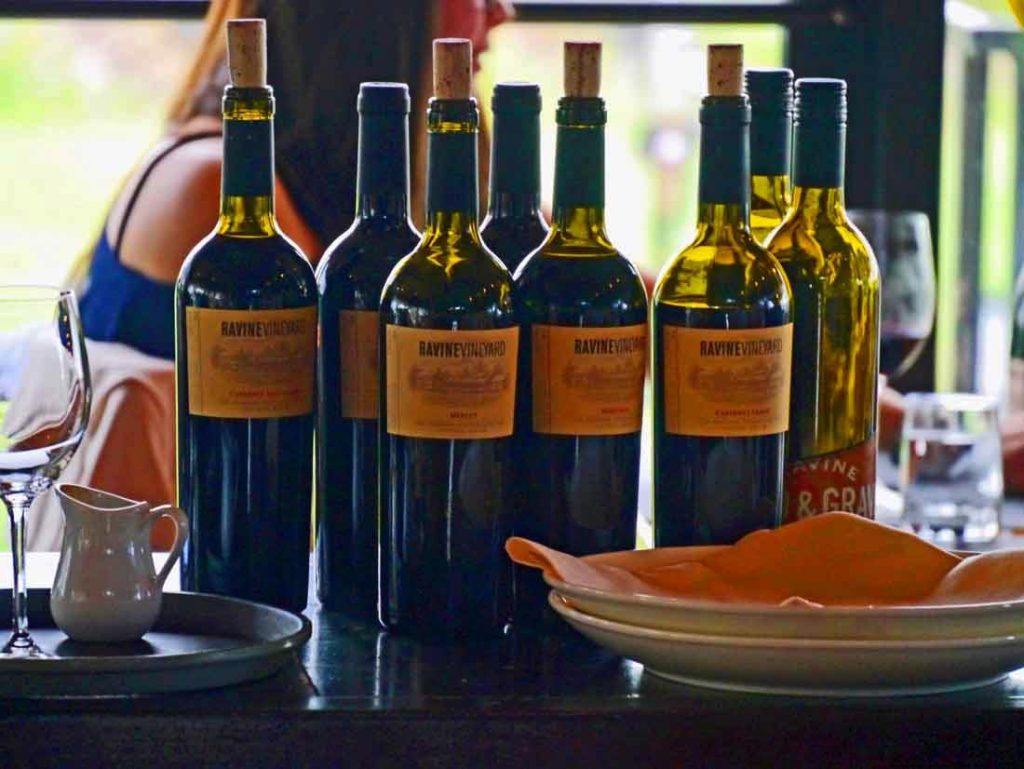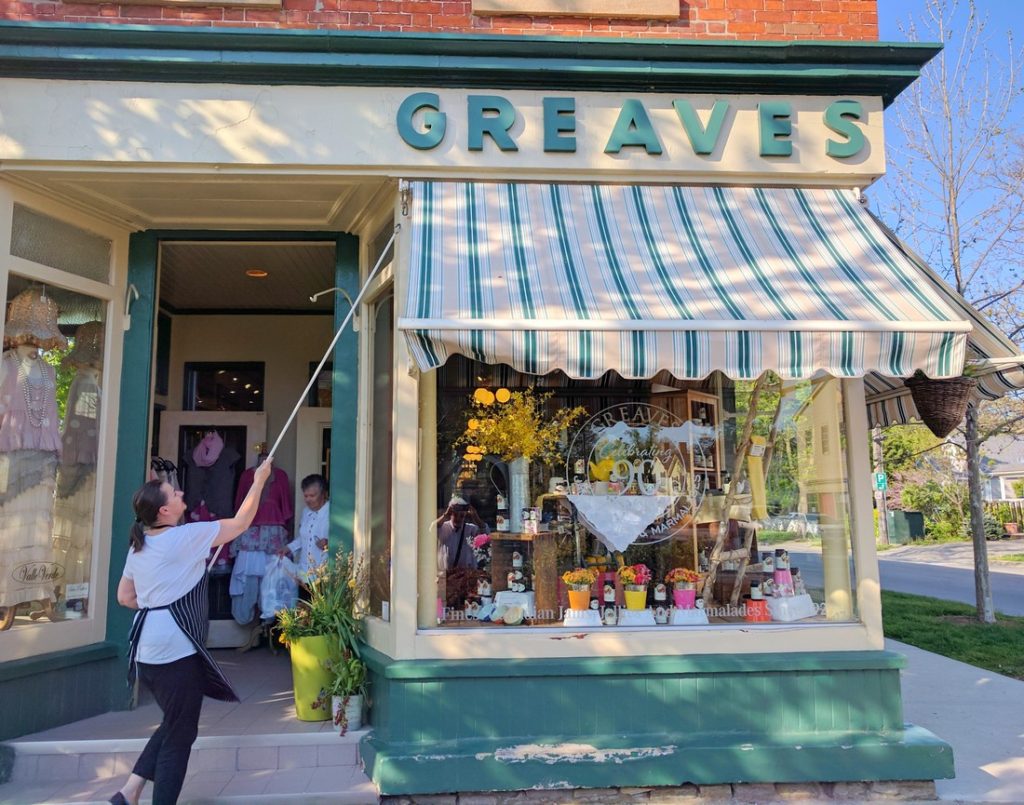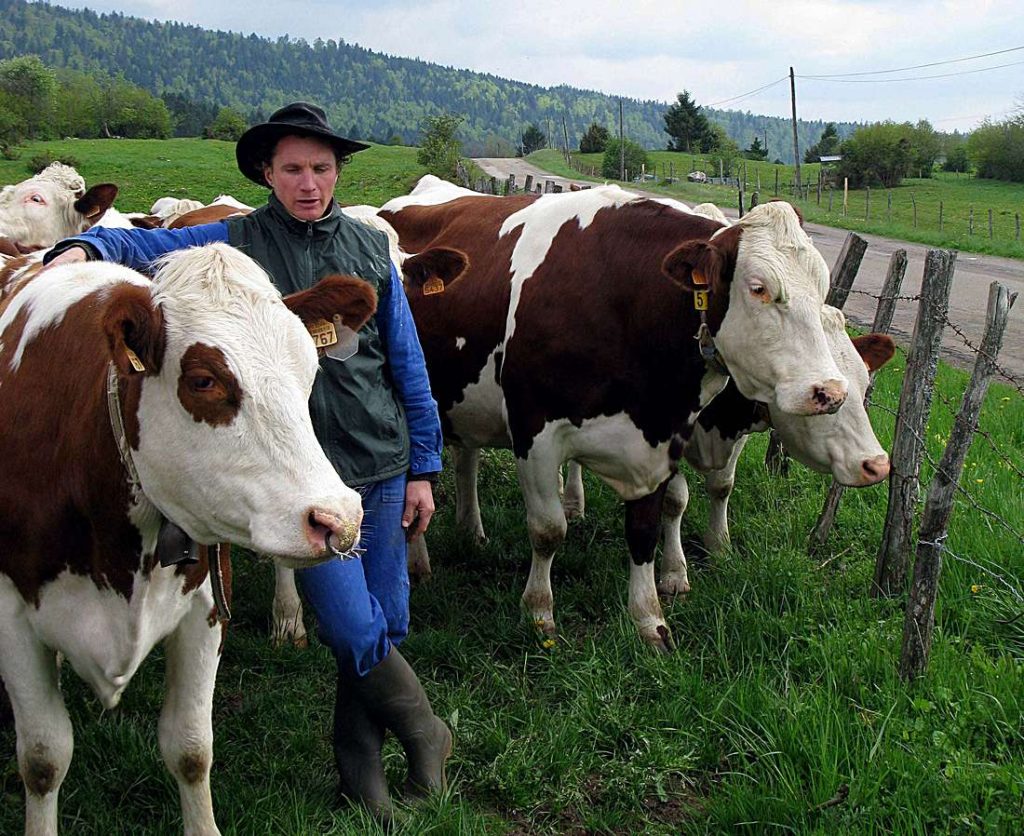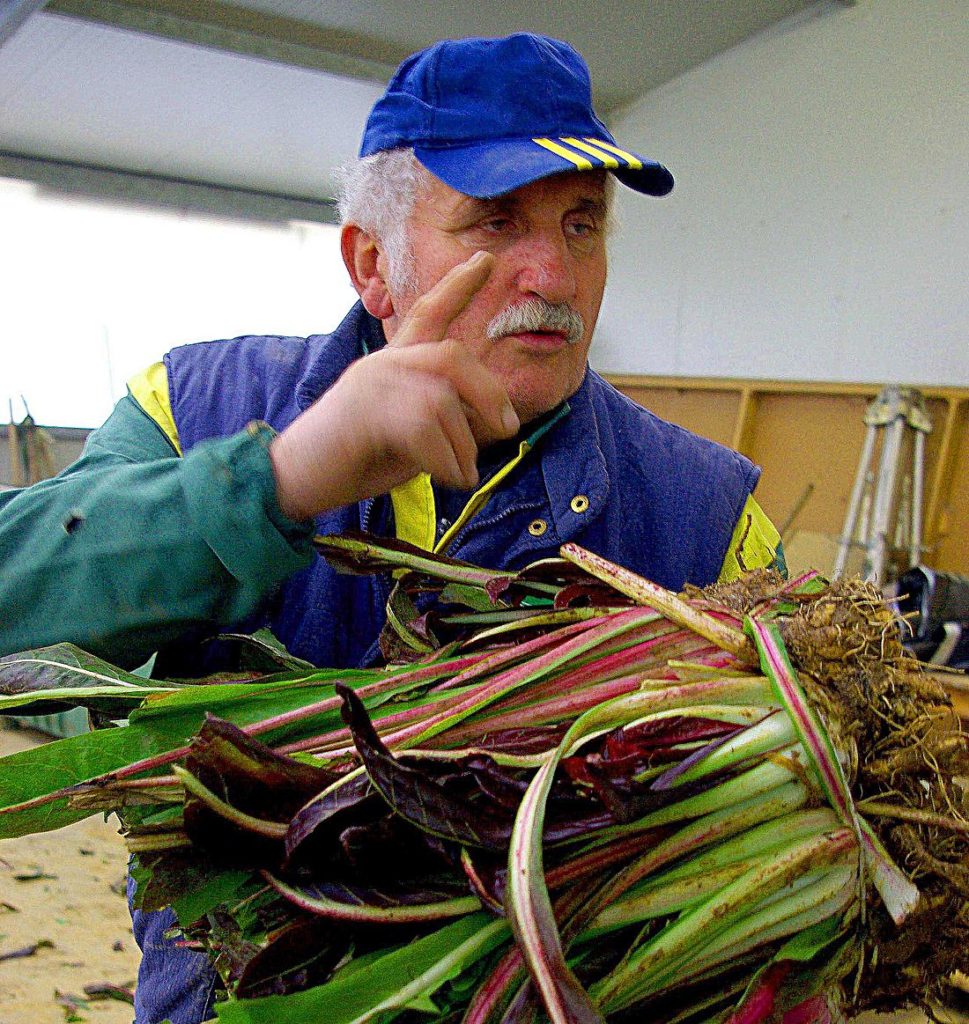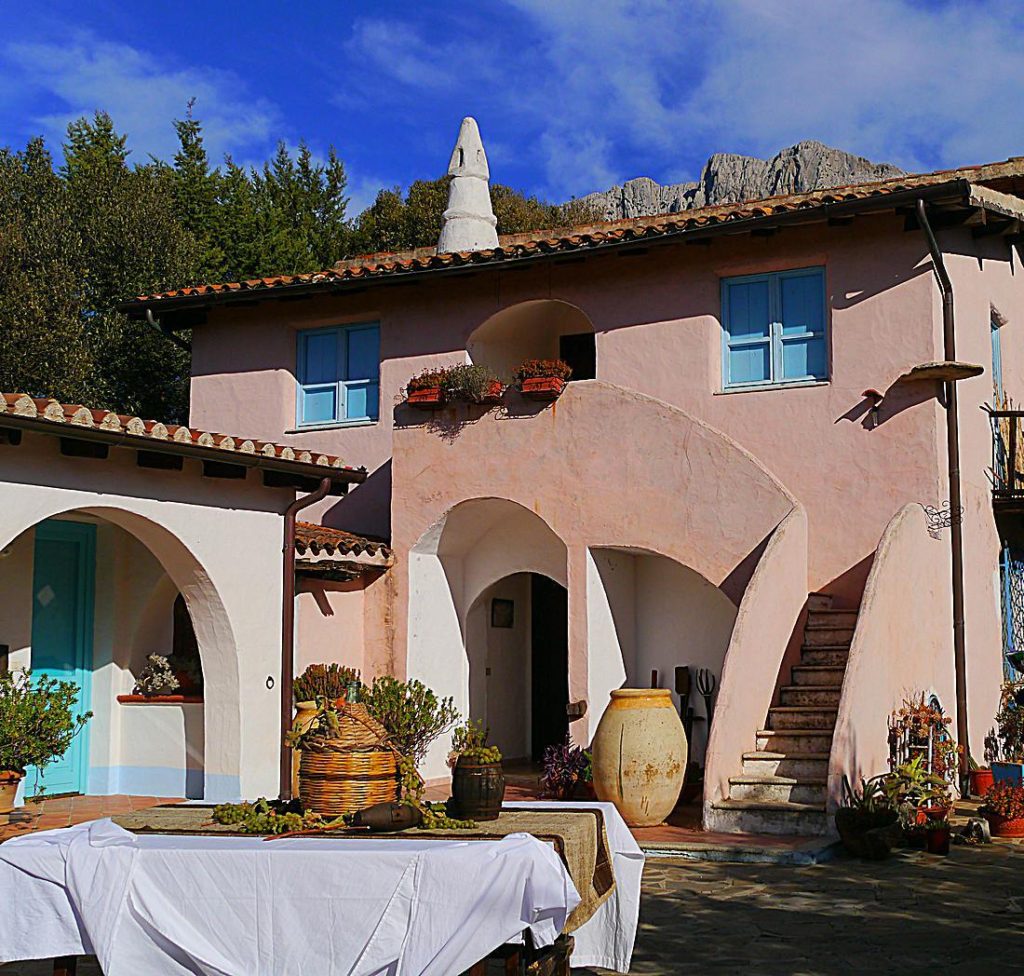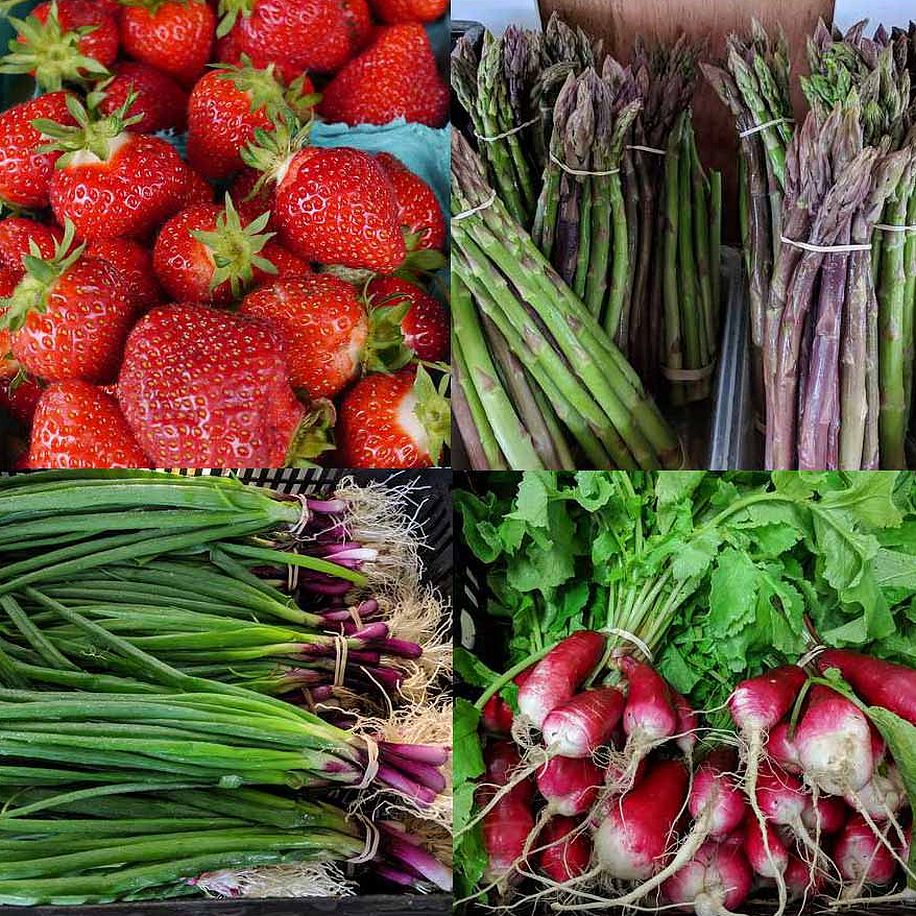
Long Island’s North Fork is gourmand heaven
We recently sailed the Cross Sound Ferry (longislandferry.com) from New London, Connecticut, to Orient Point on the North Fork of New York's Long Island to sip and nibble our way through an agricultural region we don't visit often enough. If you look at a map, you'll see that the landmass logically belongs with southern New England instead of New York. It's all part of the glacial moraine—the deposit of sand and gravel that marks the southern extent of the last glaciers about 15,000 years ago. A lot of silt has settled over that gritty base, and the warm currents of Long Island Sound help make the North Fork into prime farm country just 80 miles east of Manhattan. In 1988, the area was designated as...Read More

